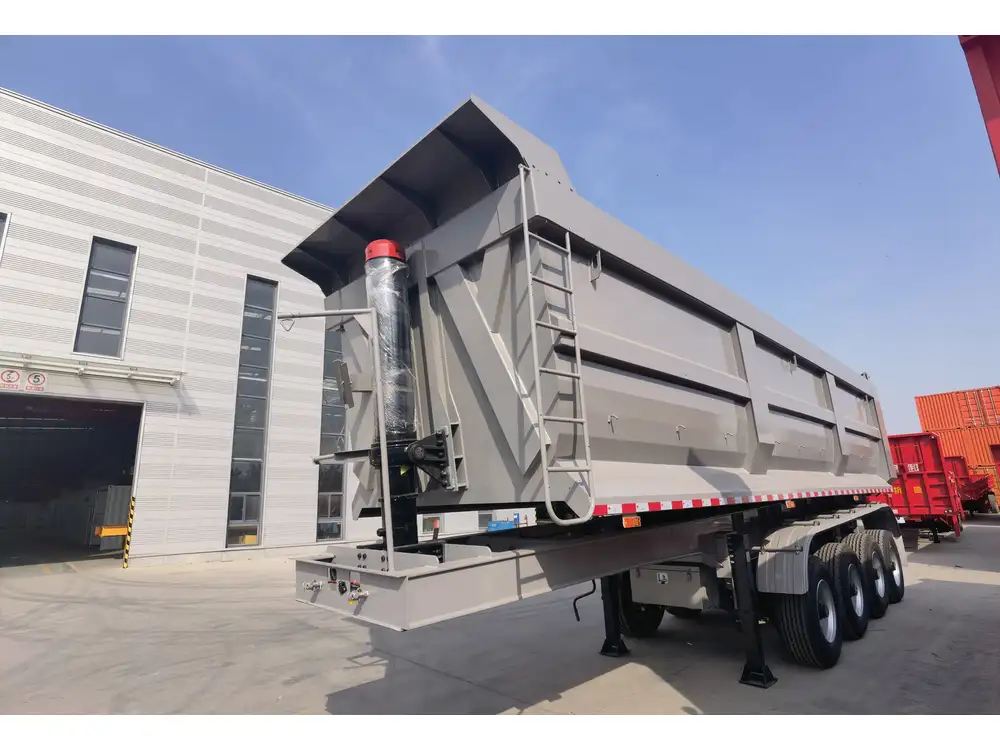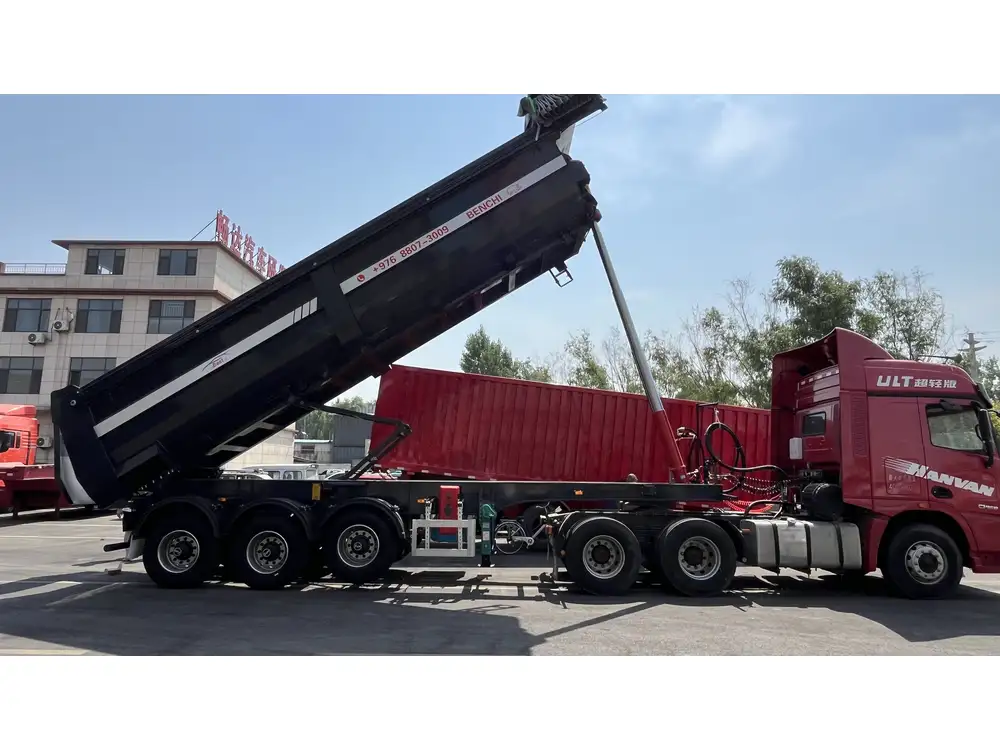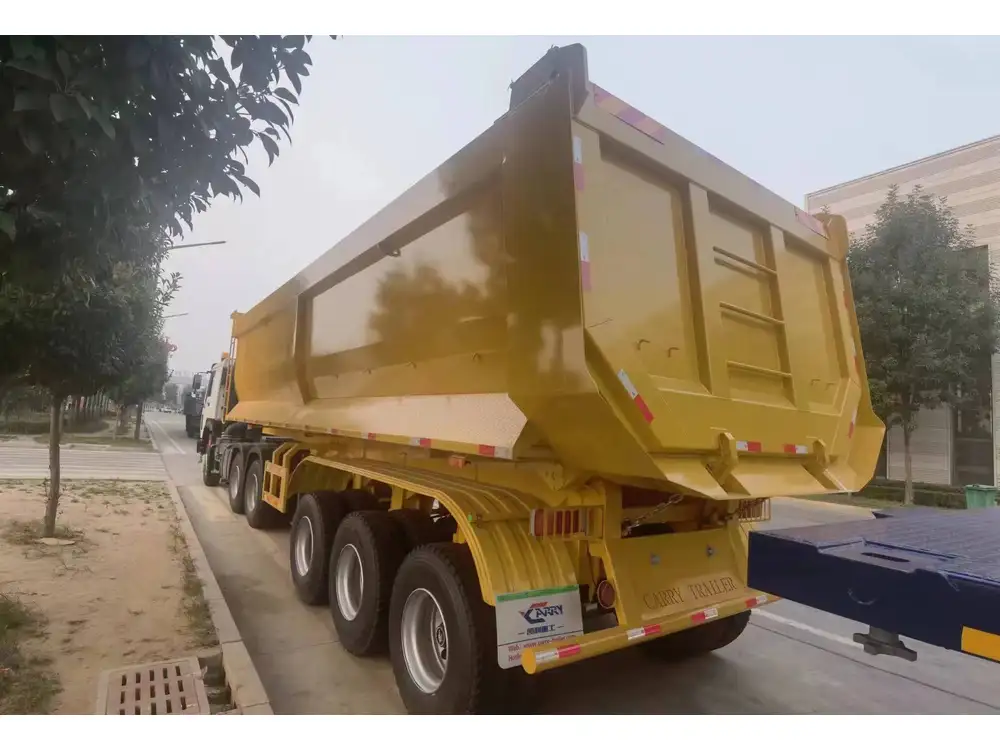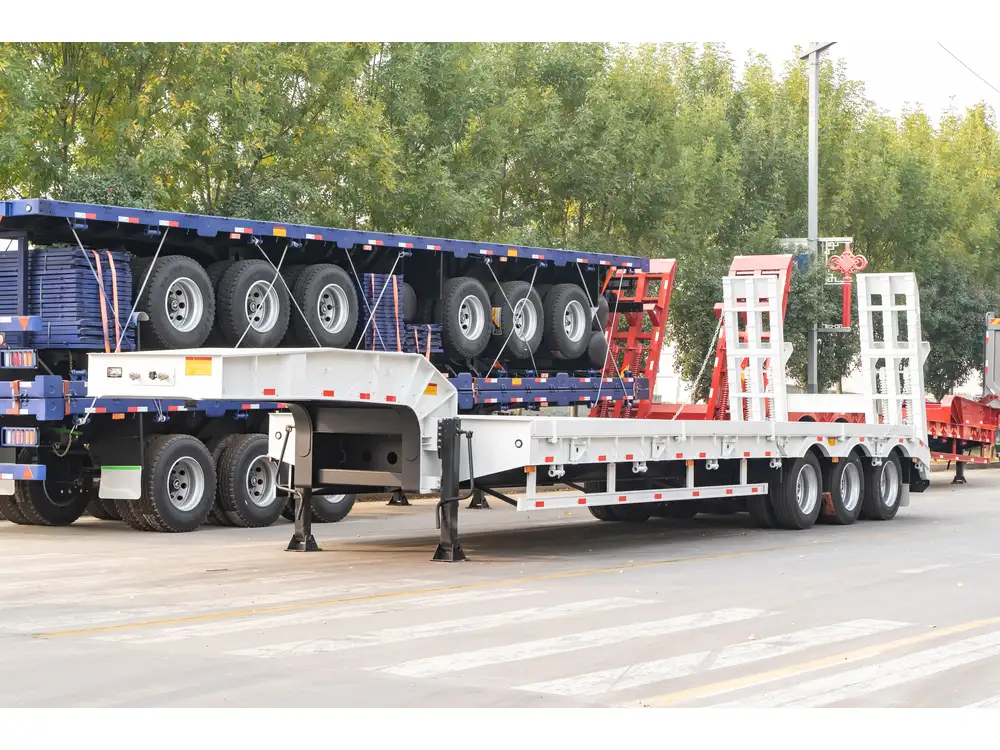The world of semi-trailer axles is both intricate and essential to the transportation industry. As manufacturers and operators, understanding the various aspects that contribute to the cost of semi-trailer axles is crucial for making informed decisions. This guide will explore the many factors that influence prices, the different types of axles available, and the broader implications of these costs on your operations.
The Fundamentals of Semi-Trailer Axles
What is a Semi-Trailer Axle?
A semi-trailer axle is a critical component of a semi-trailer that supports the trailer’s weight and absorbs the impacts of the road while enabling the trailer to pivot. Depending on the design of the trailer, axles can be set to provide maximum stability, weight distribution, and maneuverability.

Types of Semi-Trailer Axles
Various axle configurations exist, each designed for specific applications, load capacities, and performance needs. Here are a few common types:
Single Axle:
- Generally used for lighter loads, providing simpler mechanics and lower costs.
Tandem Axle:
- Comprising two axles, this setup is prevalent due to its enhanced weight distribution and stability. Ideal for heavier loads.
Tridem Axle:
- With three axles, tridem axles offer superior load-carrying capabilities and durability, making them suitable for the heaviest transport tasks.
Lift Axle:
- This type can be raised or lowered, providing flexibility in weight distribution and enhancing tire life.
Factors Affecting the Cost of Semi-Trailer Axles
Understanding the core components that impact the price of semi-trailer axles can help navigate purchasing decisions. Below is a detailed breakdown:
1. Material Quality and Specifications
The materials used in manufacturing axles can vary widely in cost. Axles made from high-grade steel or aluminum can provide enhanced durability and weight savings, yet come at a premium price.
| Material | Cost Implications |
|---|---|
| Mild Steel | Lower cost |
| High-Strength Steel | Moderate to high cost |
| Aluminum | High cost but low weight |

2. Load Capacity
Axles are designed to endure specific weight limits. Higher load capacities generally require robust designs and materials, correspondingly increasing costs.
- Single Axle: Typically supports up to 20,000 lbs.
- Tandem Axle: Can support 34,000 lbs or more, depending on configuration.
- Tridem Axle: Suited for loads exceeding 52,000 lbs, hence representing higher manufacturing costs.
3. Axle Configuration Type
As previously mentioned, the type of axle configuration impacts pricing. Tandem and tridem axles tend to be more expensive due to their complexity and ability to carry heavier loads compared to single axles.
4. Suspension Systems
The type of suspension attached to an axle can drastically affect the pricing. Advanced suspension systems that improve road handling and lessen wear and tear on tires may incur additional costs but can ultimately lead to lower maintenance expenditures.

5. Manufacturer Reputation
Established manufacturers may charge a premium due to their proven track record, warranty services, and customer support. In contrast, less-known brands may offer lower-priced products but potentially sacrifice quality and longevity.
Average Cost Breakdown of Semi-Trailer Axles
To give a clearer perspective on pricing, here’s an estimated cost range for different axle configurations typically used in semi-trailers:
| Axle Type | Price Range (USD) |
|---|---|
| Single Axle | $800 – $1,500 |
| Tandem Axle | $1,500 – $3,500 |
| Tridem Axle | $3,000 – $7,000 |
Additional Considerations

1. Used vs. New Axles
Purchasing used axles can lead to significant savings, but it’s crucial to consider the wear and potential maintenance costs that might arise. A thorough inspection is necessary to avoid unforeseen expenses.
2. Installation and Maintenance Costs
When budgeting for semi-trailer axles, don’t neglect the costs of installation and ongoing maintenance. Hiring professional services for installation can range from $300 to $800, depending on the complexity. Regular inspections and replacements of parts should also be factored in.
3. Regulatory Compliance
Certain jurisdictions may have regulatory requirements pertaining to axle specifications. Non-compliance can lead to fines or additional costs, so always check local regulations before making a purchase.

4. Total Cost of Ownership (TCO)
To make an informed decision on semi-trailer axles, consider the TCO—not just the initial purchase price but also factors such as fuel efficiency related to axle weight, maintenance expenses, and longevity. A slightly more expensive axle might save you money in the long term through reduced maintenance and better fuel efficiency.
Key Takeaways
Research: Investing time in research can significantly impact your decision. Understanding the trade-offs between different axle types, configurations, and materials is imperative.
Consult Professionals: Engage with experienced professionals who can provide insights into the optimal axle types for your specific needs and applications.
Quality Over Cost: While the price is a crucial factor, prioritize quality and durability. A high-quality axle may come at a higher initial cost but can yield savings in the long run.
Commonly Asked Questions (FAQs)

1. What is the lifespan of a semi-trailer axle?
Typically, a well-maintained semi-trailer axle can last between 10 to 15 years. Factors influencing lifespan include load frequency, maintenance practices, and road conditions.
2. How can I ensure the longevity of my trailer axles?
Regular maintenance, including inspections and timely replacements of worn parts, will help in prolonging the lifespan of axles. Keeping the trailer properly balanced also contributes to reduced wear.
3. Are aftermarket axles a good option?
Aftermarket axles can provide quality alternatives at a potentially lower cost; however, ensure the aftermarket parts comply with all standards and regulations for safety and performance.

4. What should I look for when inspecting used axles?
Check for visible signs of wear, corrosion, and misalignment. Inspect the suspension system and ensure the bearing and seal are in good condition.
Conclusion
Navigating the world of semi-trailer axles involves understanding complex pricing, material choices, and configurations. By familiarizing yourself with these factors and conducting thorough research, you can position your business for success while minimizing costs. With the right information, you can make calculated decisions that not only meet your immediate transportation needs but also secure long-term value for your investment.
In an industry where every penny counts, being equipped with the right data can distinguish between a successful operation and unnecessary expenses. Always remember, the cost of an axle is not only in its purchase but also in its performance, maintenance requirements, and compliance with regulatory demands.



